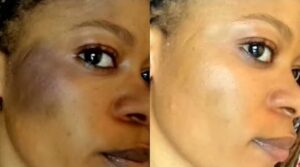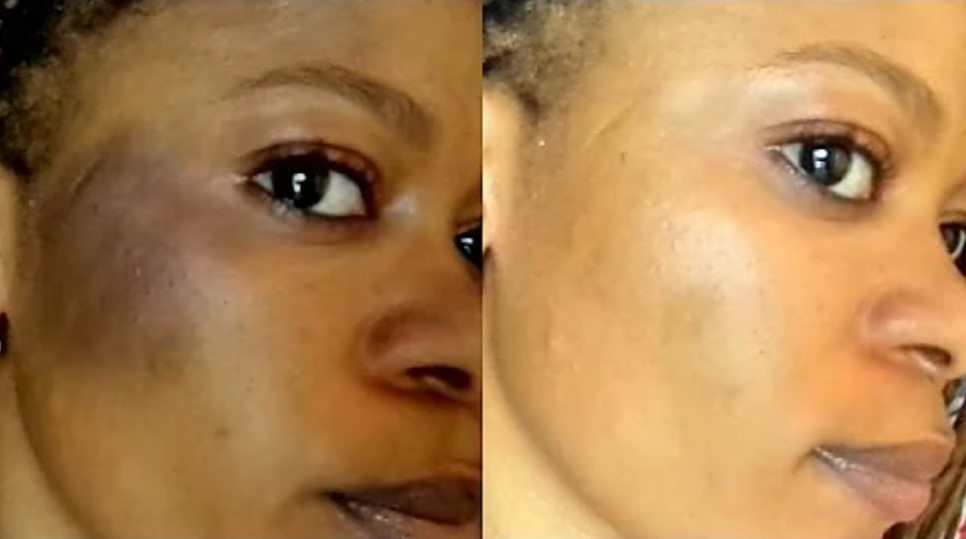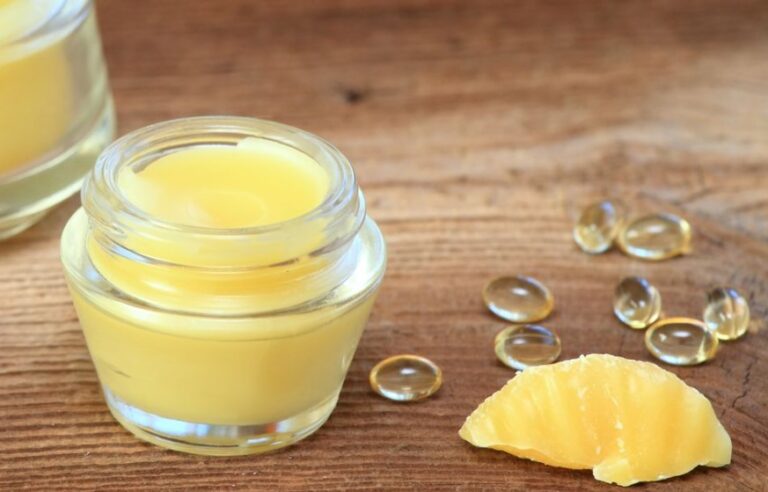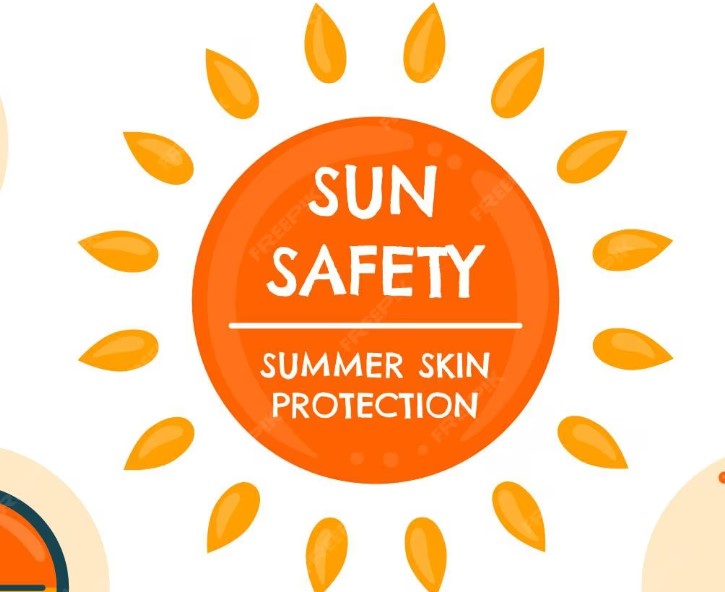Skincare for sunburns
Sunburns occur when your skin gets overexposed to ultraviolet (UV) radiation from the sun or artificial tanning devices. UV radiation can damage the DNA in your skin cells, leading to inflammation and reddening of the skin.

Here are some essential points to know about sunburns
Symptoms of Sunburns:
- Redness: The affected area may appear red and feel warm.
- Pain: Sunburned skin is often painful, especially when touched.
- Swelling: In some cases, the sunburned area may swell.
- Blistering: Severe sunburns can cause blisters to form.
- Peeling: After a few days, the sunburned skin may start to peel as it heals.
Sunburns can be painful and damaging to the skin. Here’s everything you need to know about skincare for sunburns:
- Cool the skin: As soon as you realize you have a sunburn, it’s essential to cool the skin to help alleviate the heat and reduce inflammation. Take a cool shower or apply cold compresses to the affected areas.
- Hydrate: Sunburns can dehydrate the skin, so it’s crucial to drink plenty of water to replenish lost fluids and promote healing from within.
- Moisturize: Apply a gentle, fragrance-free moisturizer or aloe vera gel to the sunburned skin. This will help soothe and hydrate the affected areas, relieving dryness and discomfort.
- Avoid irritants: Clear any irritants that could further aggravate the sunburn. This includes harsh soaps, perfumes, and exfoliants. Opt for mild, gentle products instead.
- Over-the-counter remedies: Non-prescription hydrocortisone creams or gels can help reduce redness and inflammation. However, consult a healthcare professional before using any medications or creams.
- Avoid popping blisters: If blisters form on the sunburned skin, it’s crucial not to pop them. Popping blisters can increase the infection risk and slow the healing process. Allow them to heal naturally.
- Stay out of the sun: While your sunburn is healing, avoiding further sun exposure is essential. The damaged skin is more susceptible to burning, and prolonged sun exposure can delay healing.
- Wear loose, breathable clothing: Opt for loose-fitting clothing made from lightweight, breathable fabrics like cotton. This will help minimize friction and irritation on the sunburned skin.
- Stay hydrated: Drink plenty of water and fluids to prevent dehydration and support healing.
- Take over-the-counter pain relievers: Nonsteroidal anti-inflammatory drugs (NSAIDs), such as ibuprofen, can help alleviate pain and reduce sunburn-related inflammation. Always follow the recommended dosage and consult a healthcare professional if needed.
- Protect your skin: Once your sunburn has healed, it’s essential to protect it from further damage. Wear sunscreen with a high SPF, seek shade during peak sun hours, and wear protective clothing, including wide-brimmed hats and sunglasses.
Prevention:
- Sunscreen: Apply a broad-spectrum sunscreen with a sun protection factor (SPF) of 30 or higher, and reapply every two hours or after swimming/sweating.
- Protective clothing: Wear hats, sunglasses, and clothing that covers your skin to reduce exposure to the sun.
- Seek shade: Limit your time in direct sunlight, especially during peak hours when the sun’s rays are strongest (usually between 10 am and 4 pm).
- Avoid tanning beds: Tanning beds emit UV radiation and can cause sunburns and other skin damage.
Remember, prevention is critical when it comes to sunburns. Always apply sunscreen with a high SPF, seek shade, and limit sun exposure, especially during peak hours.





